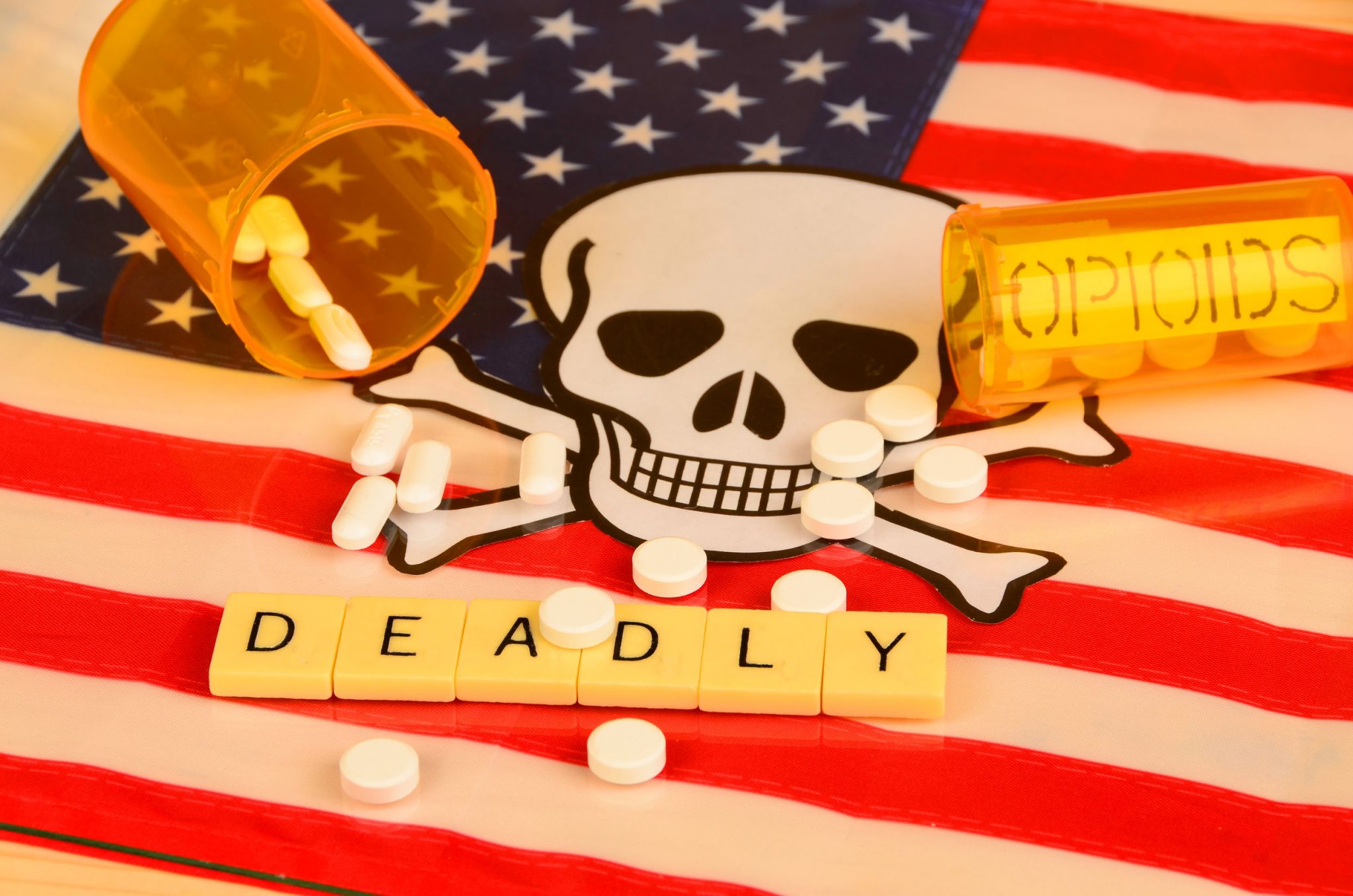
[cs_content][cs_element_section _id="1"][cs_element_row _id="2"][cs_element_column _id="3"][cs_text _order="0"]
There is a significant crisis of opioids in America. One of most potent opioids is Fentanyl. When EMRs respond to medical emergencies associated with opioid issues they could have exposure to the drug like Fentanyl.
[/cs_text][x_custom_headline level="h2" looks_like="h3" accent="false"]What can EMRs do to protect them from Fentanyl Exposure?[/x_custom_headline][cs_text]
Fentanyl exposure is dangerous to a medical provider who has never been exposed to opioids. The Office of National Drug Control Policy (ONDCP) explains it best below.
[/cs_text][x_blockquote cite="Mr. WordPress" type="left"]“The increased prevalence of fentanyl and other synthetic opioids in the illicit drug market means that first responders need to understand how to protect themselves from exposure in the field. Law enforcement, fire, rescue, and emergency medical services (EMS) personnel must balance safety with mobility and efficiency when responding to scenes where the presence of fentanyl is suspected.”[/x_blockquote][cs_text]
The ONDCP has set up a document called Fentanyl Safety Recommendations for First Responders; it provides unified scientific, evidence-based recommendations for first responders who come onto a scene suspected of fentanyl present. The protection is there for responding to an overdose incident or for police officers conducting traffic stops and arrests.
The document the best practices to prevent exposure to fentanyl. They are as followed.
[/cs_text][cs_text]
If you like a copy of the document for your department, you can click on the link here.
For more training to protect yourself from dangerous chemicals such as opioids, The Beating Heart Center has programs that can train your department in these areas. You can check our website or give us a call, and we can direct you in the right place for the proper training your department needs.
[/cs_text][/cs_element_column][/cs_element_row][/cs_element_section][/cs_content]